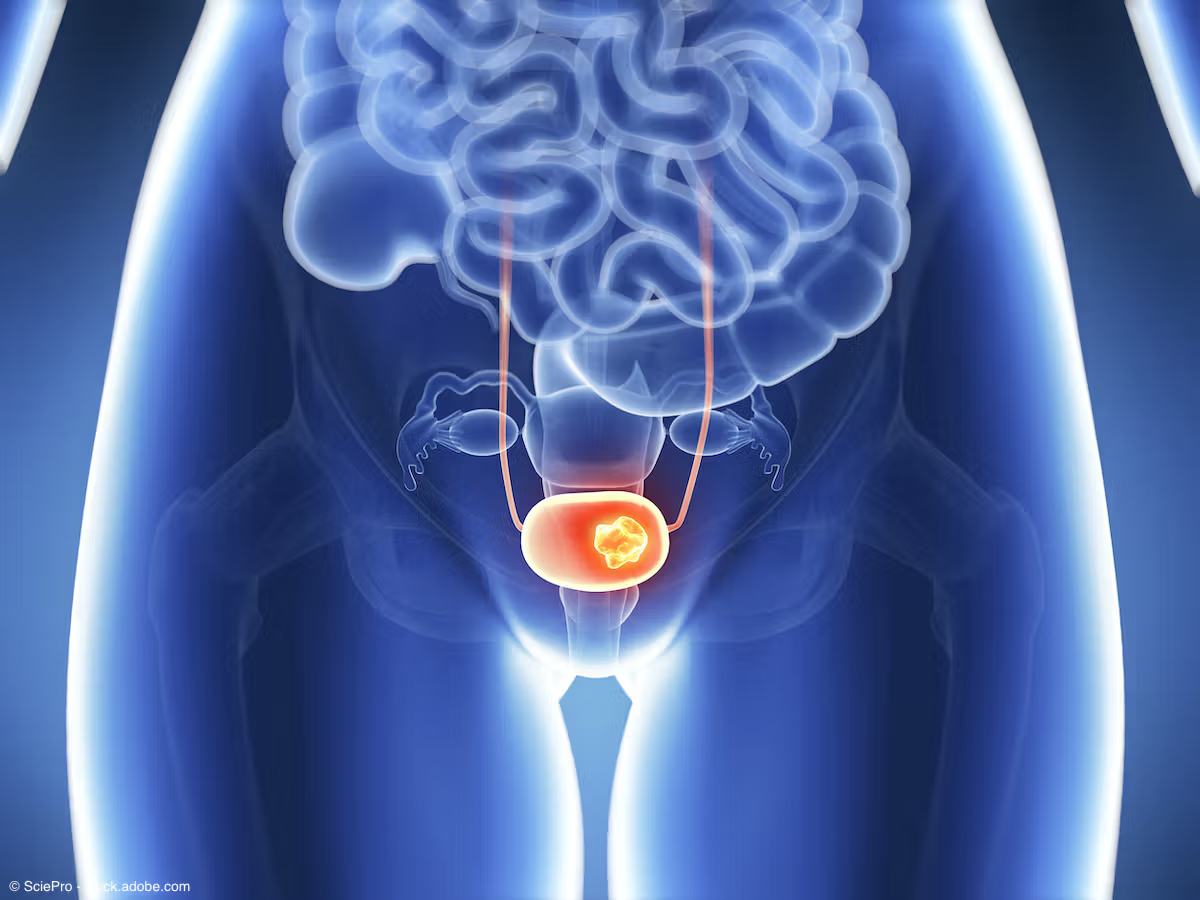Video
Managing recurrence following bladder-sparing treatment
Author(s):
"If there’s recurrence of muscle-invasive bladder cancer within the bladder, you can perform salvage cystectomy at that point…. It is a bit more complex, so it’s great to have a high-volume surgeon who has performed these before," says Sophia C. Kamran, MD.
In this video, Sophia C. Kamran, MD, discusses management of recurrence following bladder-sparing treatment. Kamran is a radiation oncologist at the Massachusetts General Hospital Cancer Center and Assistant Professor of Radiation Oncology at Harvard Medical School, Boston, Massachusetts.
Transcription:
How are relapses or recurrences managed?
It really…depends on the recurrence, and the type of recurrence. We follow patients very closely after treatment with either radical cystectomy or bladder-sparing therapy. If a patient develops a metastatic lesion, or if they develop metastases, then really chemotherapy or immunotherapy, just depending on the…clinical scenario, you’d want something systemic to go everywhere. If there is a superficial recurrence within the bladder, these are managed urologically with either the scraping procedure (TURBT; transurethral resection of bladder tumor) or some type of intravesical therapy. If there’s recurrence of muscle-invasive bladder cancer within the bladder, you can perform salvage cystectomy at that point…. It is a bit more complex, so it’s great to have a high-volume surgeon who has performed these before.
This transcript was edited for clarity.

















